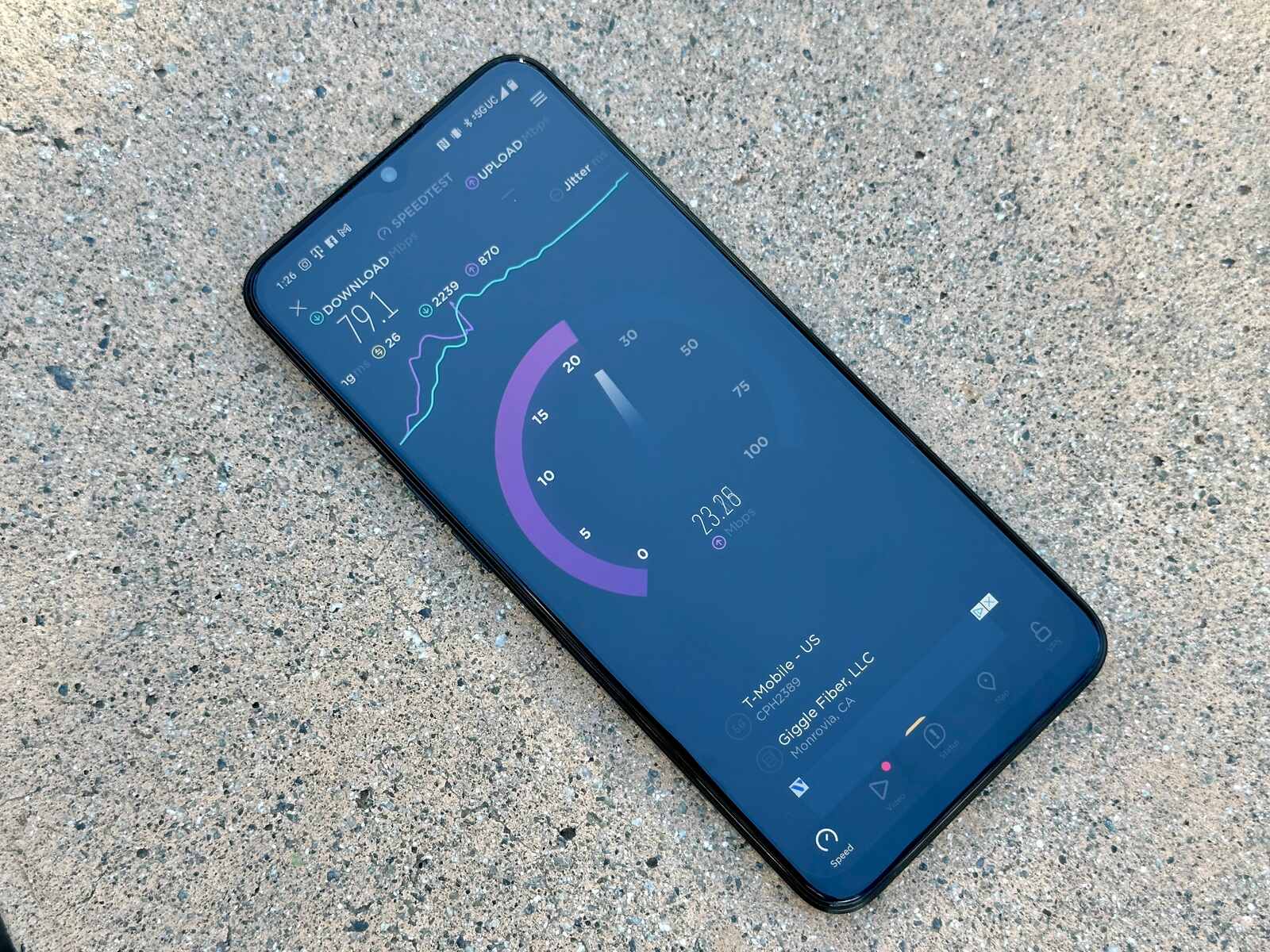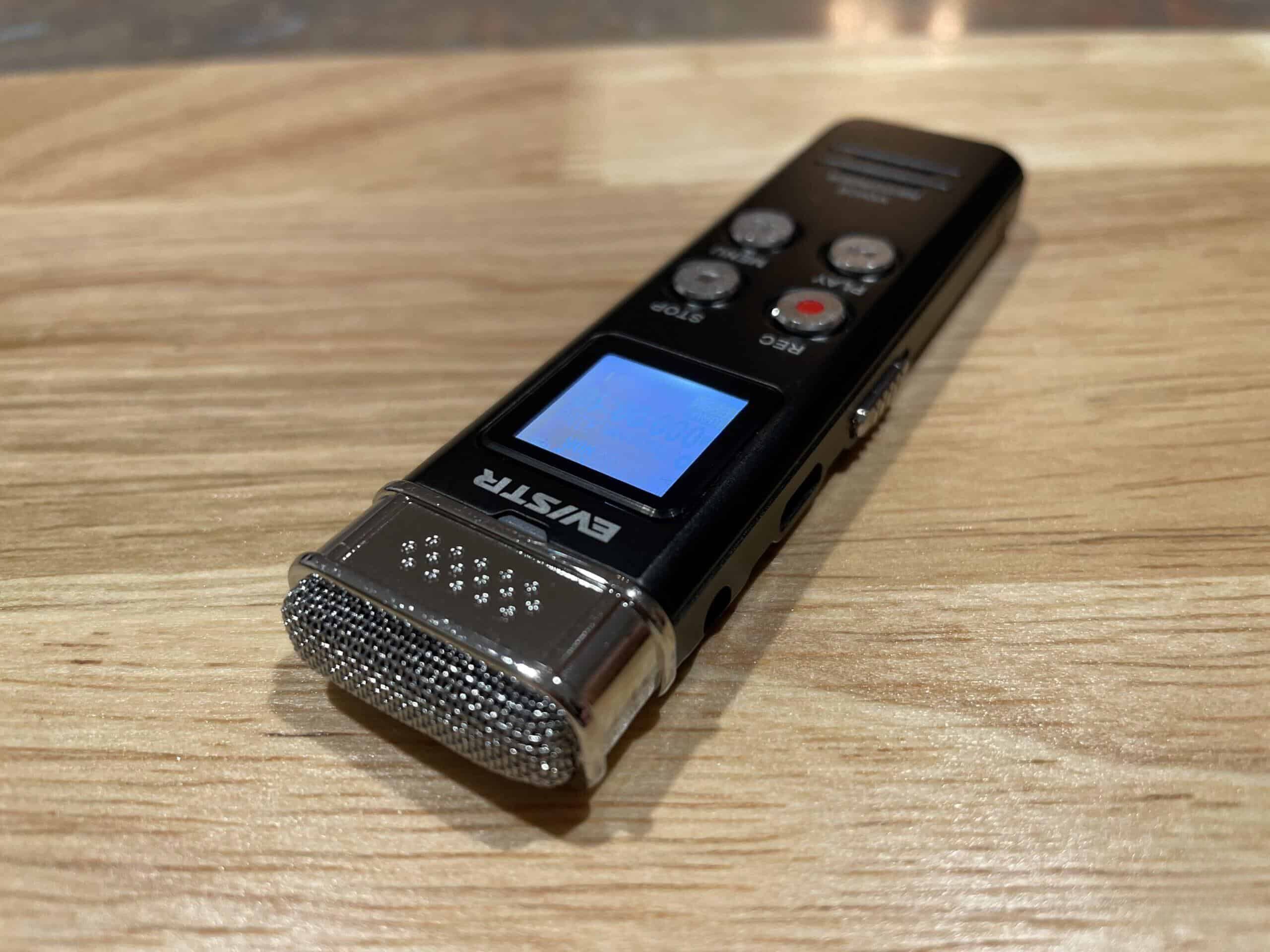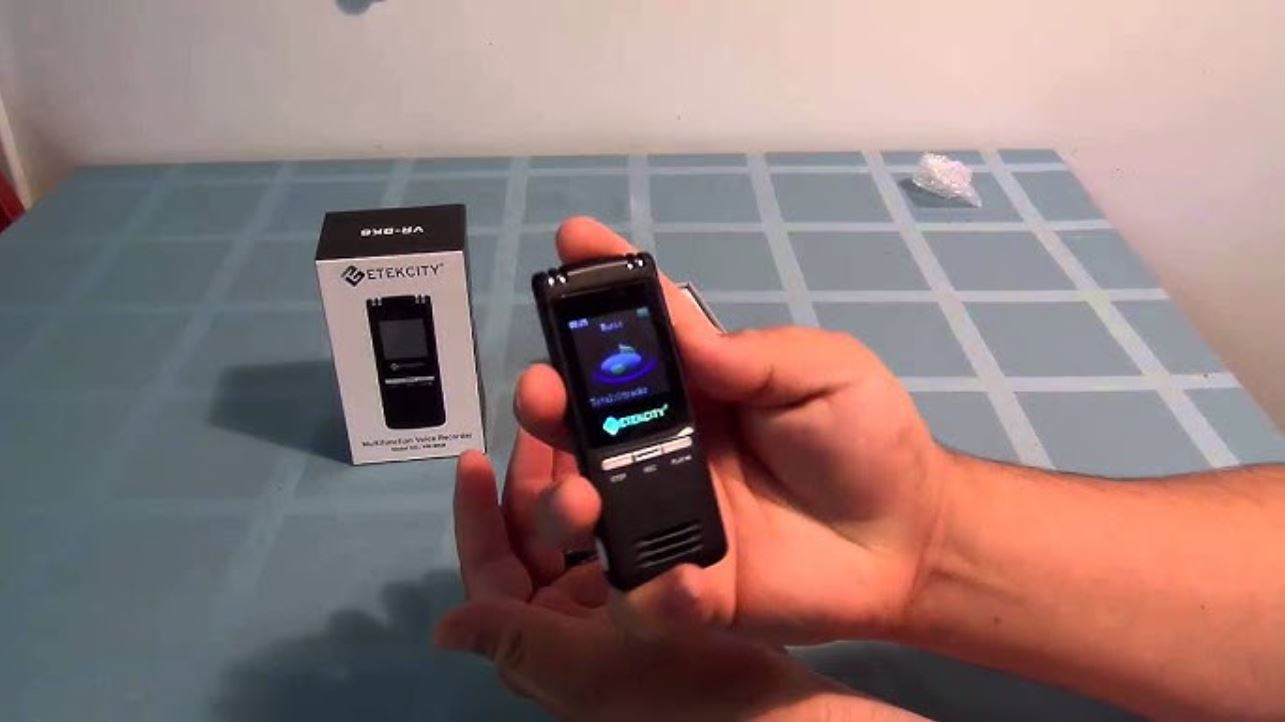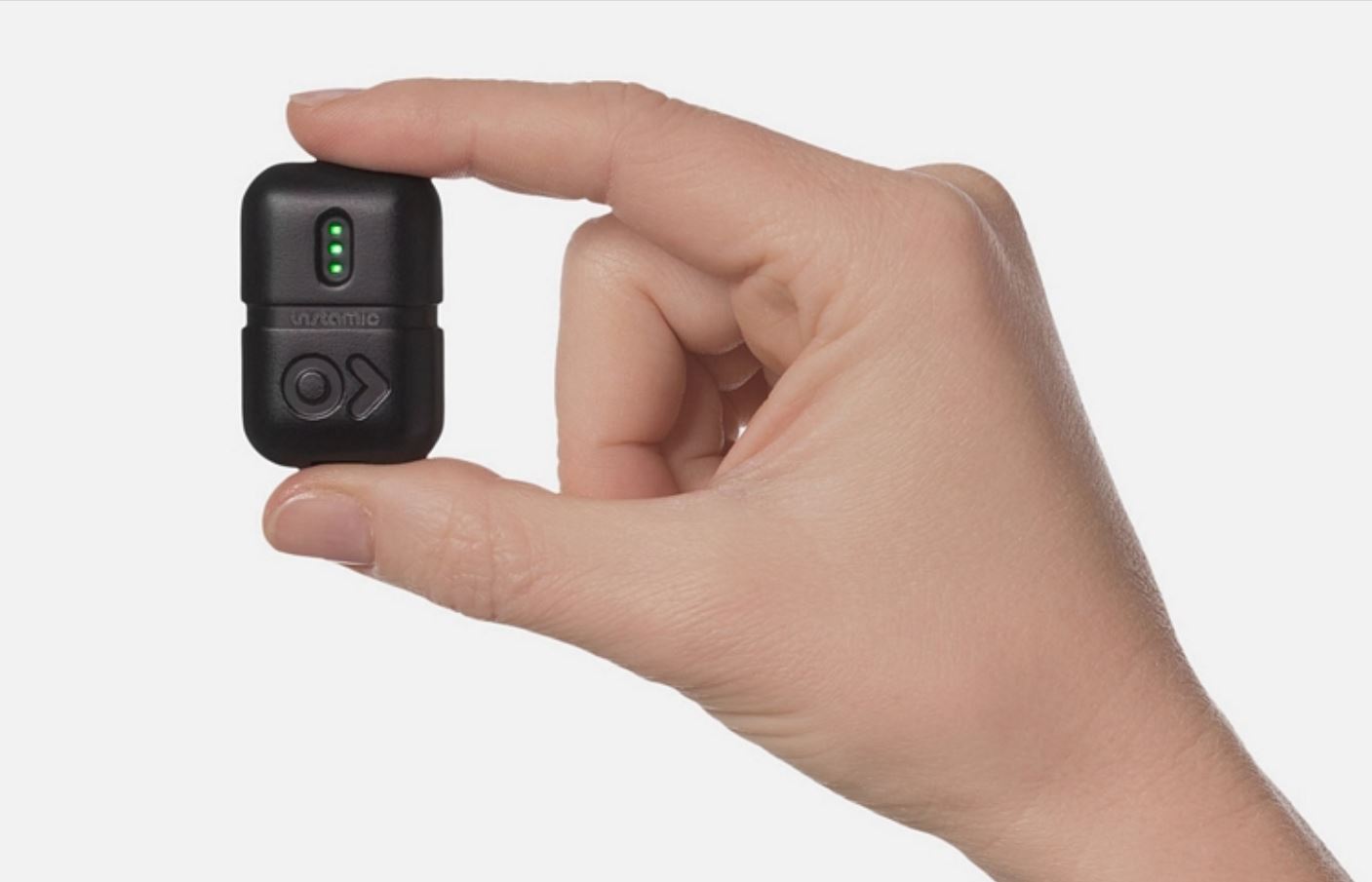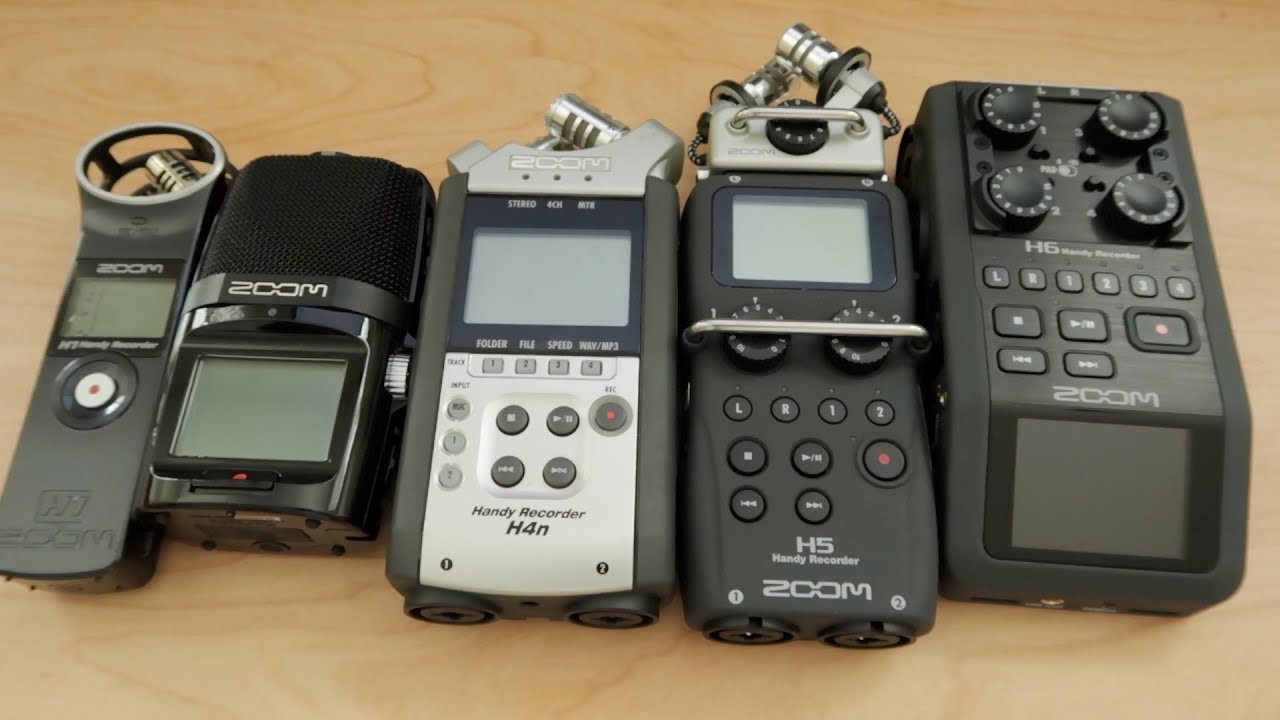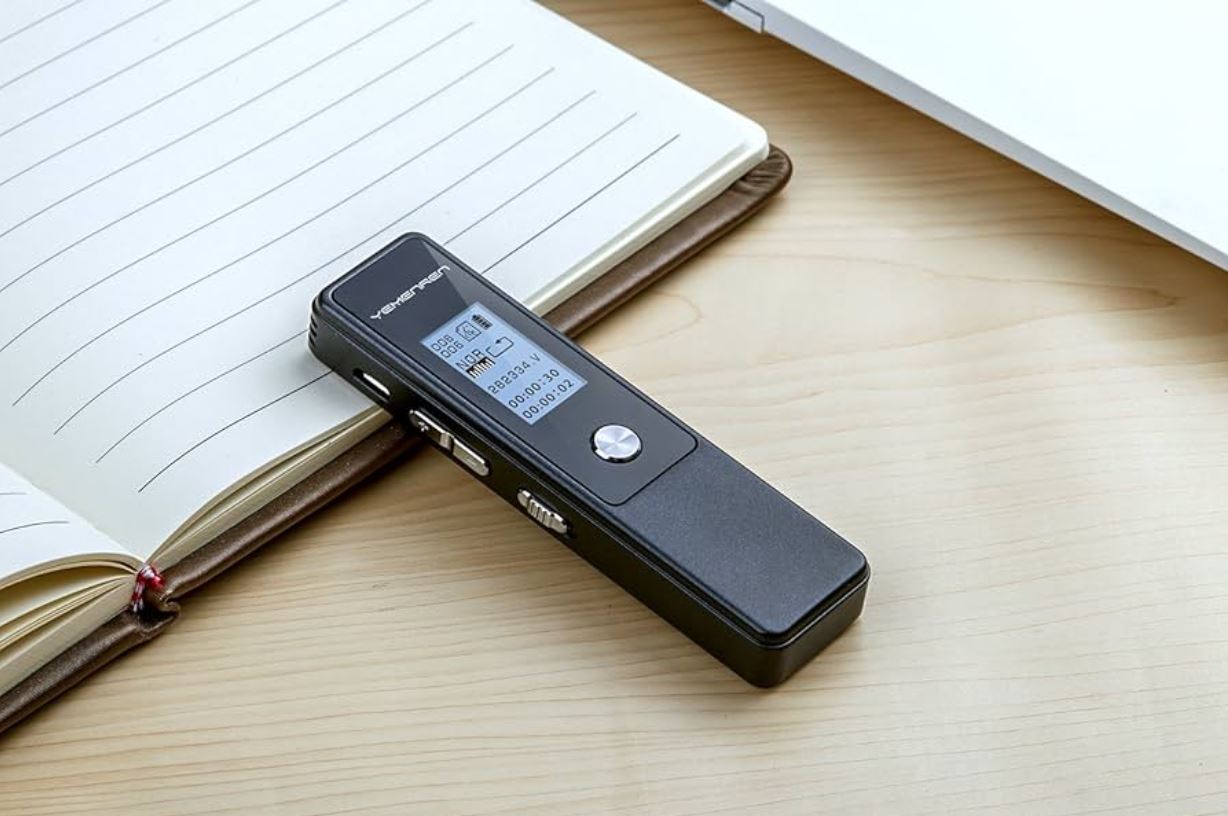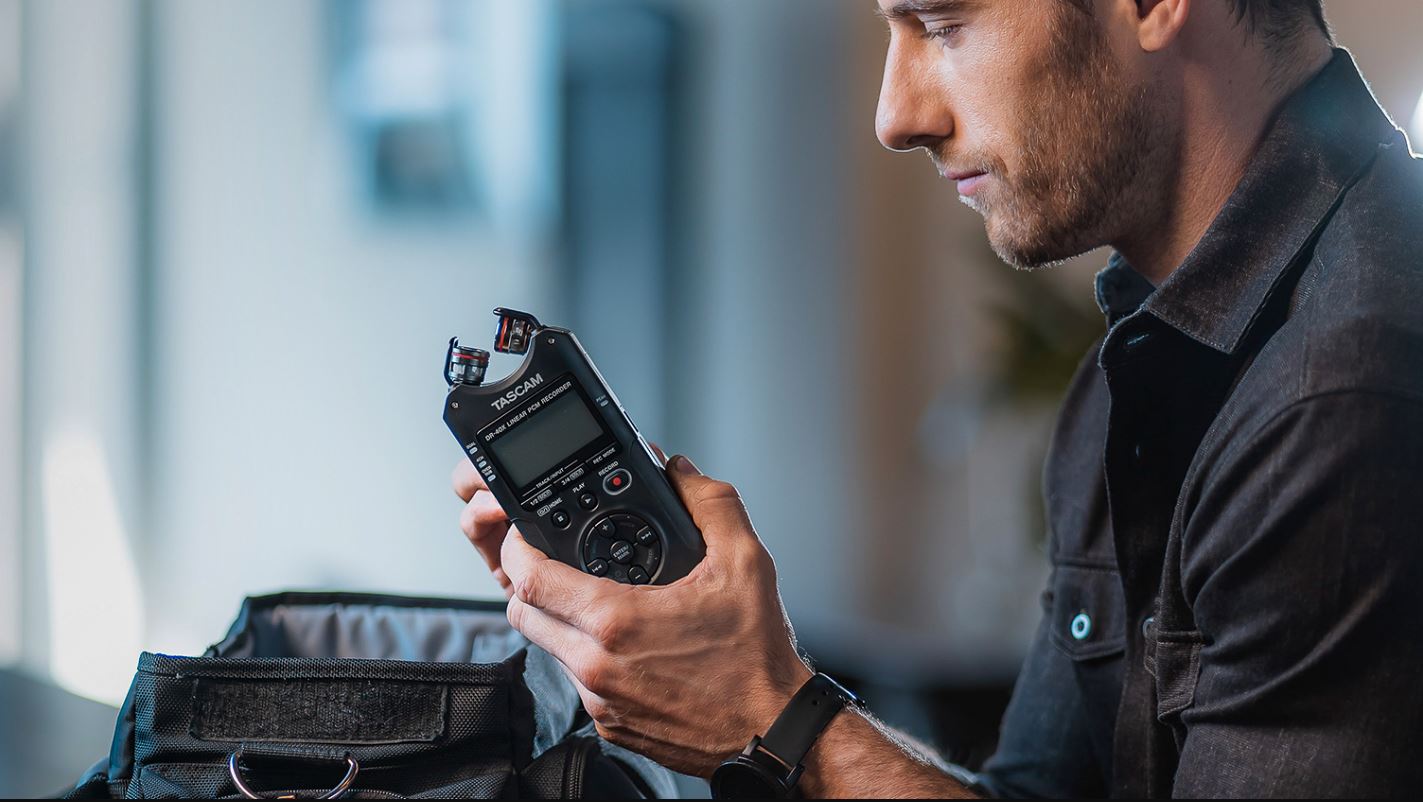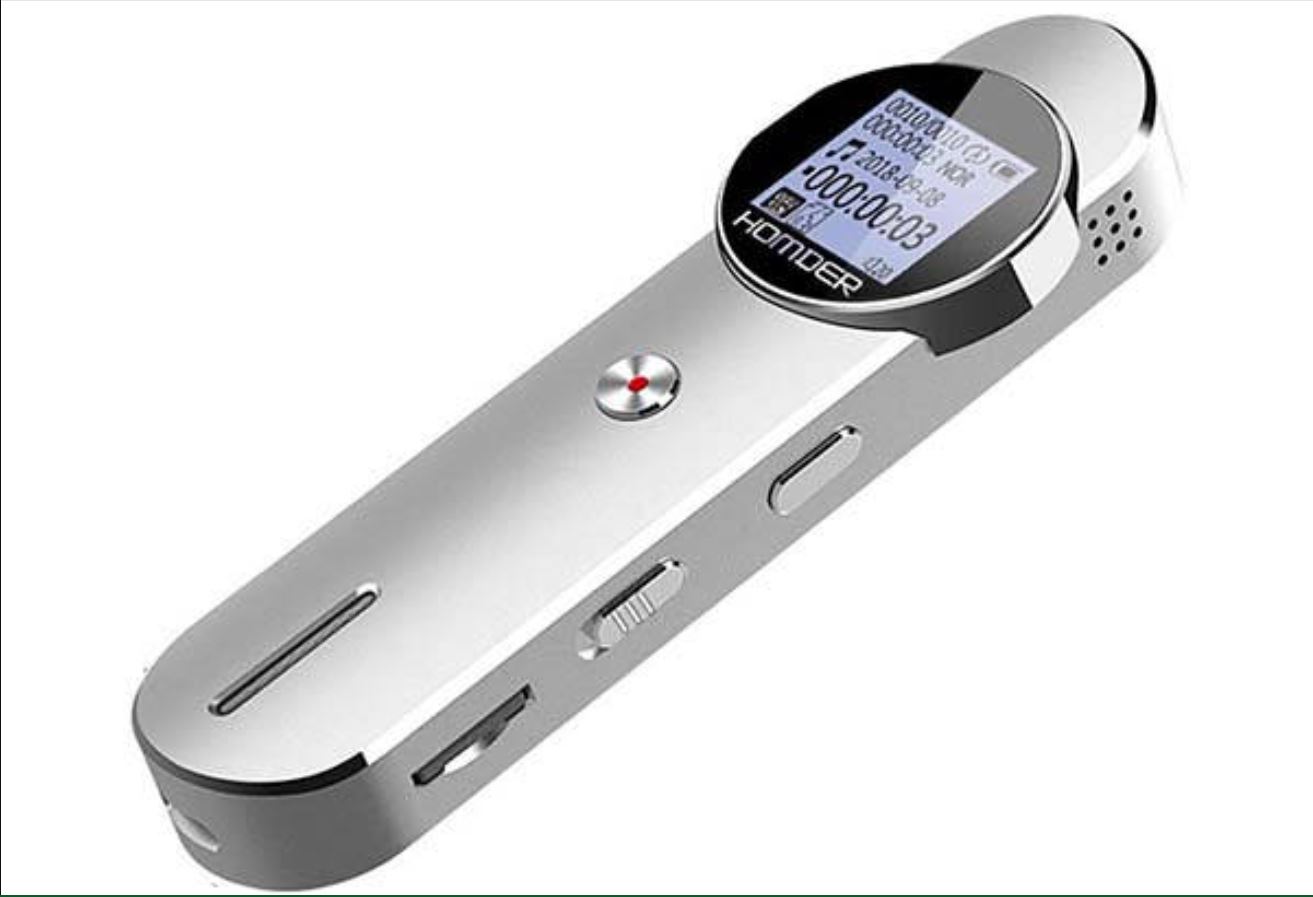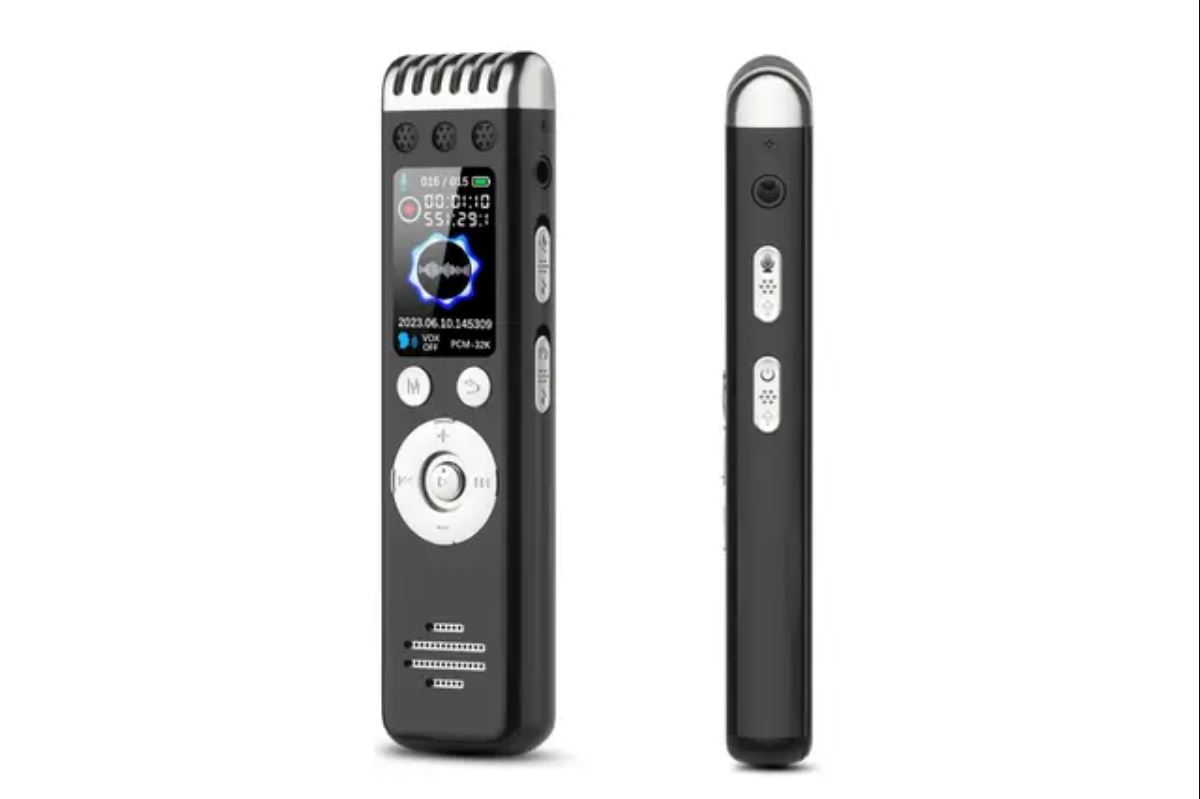Introduction
When it comes to using a smartphone, one of the most important factors to consider is the internet speed available. The speed at which your smartphone can connect to the internet can greatly impact your overall browsing and streaming experience. One commonly used benchmark for measuring internet speed is kilobits per second (Kbps). In this article, we will explore the capabilities and limitations of a 128 Kbps internet connection on a smartphone.
Before we dive into the specifics, let’s have a basic understanding of what Kbps means. Kbps refers to the amount of data that can be transmitted in one second. The higher the Kbps value, the faster the internet speed. A 128 Kbps connection might not be the fastest option available, but it is still widely used in many regions and can provide a functional online experience for certain activities.
Now, you may wonder what you can actually do with a 128 Kbps internet connection on your smartphone. Will it be sufficient for everyday tasks such as browsing the internet, downloading files, or making voice and video calls? In the following sections, we will explore these questions in detail, giving you a clear idea of what to expect when using a 128 Kbps connection on your smartphone.
Understanding Kbps
To fully comprehend the significance of a 128 Kbps internet connection, it’s important to understand how Kbps is measured and what it means in practical terms. Kbps stands for kilobits per second, which denotes the rate at which data is transmitted or received. It is a unit used to quantify internet speed.
One kilobit is equal to 1,000 bits. Bits are the smallest unit of data in computing. So, when your internet speed is measured in Kbps, it refers to the number of 1,000-bit chunks of data that can be transferred in one second.
It’s worth noting that Kbps is different from kilobytes per second (KBps), which is used to measure file sizes and data transfer rates. One kilobyte is equal to 8 kilobits. Therefore, if you have a 128 Kbps internet connection, the maximum data transfer rate in kilobytes per second would be 16 KBps.
It’s also important to understand that Kbps is an indication of the theoretical maximum speed that your internet connection can achieve. The actual speed you experience may be lower due to various factors, including network congestion, distance from the server, and the capabilities of your smartphone and its network technology.
Now that we have a basic understanding of Kbps, let’s explore how a 128 Kbps internet connection on a smartphone can impact your online activities.
What Can You Do with 128 Kbps?
A 128 Kbps internet connection on a smartphone may not offer blazing-fast speeds, but it can still support a variety of online activities. Let’s take a closer look at what you can do with this level of internet speed.
Browsing the Internet: With a 128 Kbps connection, you can browse the internet and load web pages. However, you may experience longer loading times for media-rich websites or those with large amounts of content. Simple web pages and text-based sites should load relatively quickly.
Downloading and Streaming: Downloading large files or streaming high-definition videos can be challenging with a 128 Kbps connection. However, you can still download smaller files and stream videos at lower resolutions without significant buffering or interruptions.
Using Messaging Apps: Popular messaging apps like WhatsApp, Facebook Messenger, and Telegram are generally optimized for lower bandwidth usage. With 128 Kbps, you will be able to send and receive text messages, images, and even voice messages without much delay.
Making Voice and Video Calls: VoIP (Voice over Internet Protocol) services like Skype, Zoom, and FaceTime can be used for voice and video calls on a 128 Kbps connection. The quality may not be crystal clear, but you should be able to have reasonably smooth conversations.
Is 128 Kbps Enough for Gaming?: Online gaming typically requires higher internet speeds and lower latency to provide a smooth and lag-free experience. With a 128 Kbps connection, multiplayer online games may be challenging to play due to the limited bandwidth and potential latency issues.
While a 128 Kbps internet connection may not deliver the fastest experience, it can still cater to basic online activities such as web browsing, messaging, and video calling. However, it may struggle with bandwidth-intensive tasks like downloading large files or streaming high-definition content. It’s essential to manage your expectations and prioritize tasks accordingly based on the limitations of your internet connection.
Browsing the Internet with 128 Kbps
When it comes to browsing the internet with a 128 Kbps connection on your smartphone, it’s important to set realistic expectations. While you can still access websites and navigate through web pages, the browsing experience may be slower compared to higher-speed connections.
With a 128 Kbps internet connection, simple websites with minimal graphics and text will load relatively quickly. However, media-rich websites, such as those with high-resolution images or videos, may take longer to load. You may notice delays in loading images or buffering while streaming media content.
To optimize your browsing experience with a limited bandwidth, consider the following tips:
- Disable auto-loading of images: Many web browsers allow you to disable the automatic loading of images. By doing so, you can navigate through text-based content more quickly, without waiting for image-heavy pages to fully load.
- Utilize “Text Only” modes: Some web browsers offer a “Text Only” mode that displays only the text portion of a webpage, stripping away unnecessary graphics and advertisements. This can significantly speed up your browsing experience on a 128 Kbps connection.
- Avoid multiple tabs: Opening multiple tabs simultaneously can consume additional bandwidth and slow down your browsing speed. Stick to one tab at a time to ensure a smoother experience.
- Clear the cache regularly: Clearing your browser’s cache can help improve browsing speed by removing stored data that may be slowing down your browsing experience. This can be particularly useful when your internet connection has limited bandwidth.
- Consider using a lightweight browser: Some browsers are specifically designed to be lightweight and consume less data. These browsers often have features optimized for slower internet connections, allowing for smoother browsing even at lower speeds.
Overall, while browsing the internet with a 128 Kbps connection may not be as fast as higher-speed options, it is still feasible. By following these tips and managing your browsing habits accordingly, you can make the most out of your limited bandwidth and enjoy a satisfactory browsing experience on your smartphone.
Downloading and Streaming with 128 Kbps
With a 128 Kbps internet connection on your smartphone, downloading and streaming content can become challenging, especially when it comes to larger files or high-definition media. Let’s take a closer look at what to expect when downloading and streaming with a limited bandwidth.
Downloading Files: Downloading large files, such as software updates, movies, or music albums, may be a time-consuming process with a 128 Kbps connection. The limited bandwidth can result in slower download speeds and longer wait times. It is recommended to download smaller files or schedule larger downloads during off-peak hours when the network is less congested.
Streaming Videos: Streaming videos with a 128 Kbps connection can also be challenging. High-definition content may buffer frequently and may experience interruptions. However, you can still enjoy streaming content at lower resolutions, such as 240p or 360p. Consider adjusting the video quality settings in streaming platforms to a lower resolution to ensure smoother playback without constant buffering.
Optimizing your downloading and streaming experience with a limited bandwidth can be done by following these tips:
- Pre-download content: If you know you’ll be without a higher-speed connection for a while, consider pre-downloading your favorite content in advance. Download movies, TV shows, or music albums when you have access to a faster internet connection so that you can enjoy them offline later.
- Use offline components: Some streaming platforms allow users to download specific videos or episodes for offline viewing. Take advantage of this feature by downloading your preferred content when connected to a higher-speed network.
- Opt for lower-quality streaming: Adjusting the video quality settings to a lower resolution can significantly reduce buffering issues while streaming videos. While the picture quality may be reduced, it can provide a smoother and more enjoyable streaming experience.
- Consider audio-only streaming: When bandwidth is limited, you might want to consider streaming audio-only content instead of full videos. Platforms like music streaming services offer options for audio-only playback, which consumes less data compared to video streaming.
While downloading and streaming content with a 128 Kbps connection may have some limitations, it’s still possible to enjoy smaller downloads and low-resolution streaming. By optimizing your usage and adjusting your settings, you can make the most out of your limited bandwidth and still access the content you desire on your smartphone.
Using Messaging Apps with 128 Kbps
Messaging apps have become an integral part of our daily communication, allowing us to connect with friends, family, and colleagues easily. The good news is that using messaging apps with a 128 Kbps connection on your smartphone is generally a smooth experience.
Popular messaging apps like WhatsApp, Facebook Messenger, and Telegram are designed to be efficient and work well even on slower connections. With a 128 Kbps internet speed, you can send and receive text messages, images, and even voice messages without significant delays.
The lightweight nature of messaging apps allows them to consume minimal bandwidth, ensuring a seamless experience for users with limited internet speeds. Popular platforms often use data compression techniques to optimize file sizes, reducing the amount of data required to send and receive messages. This compression helps lower the impact on your limited bandwidth while still delivering messages in near real-time.
When using messaging apps with a 128 Kbps connection, keep in mind the following tips to enhance your experience:
- Disable auto-downloads: Many messaging apps offer an option to disable automatic downloads of media files, such as photos, videos, or documents. Enabling this setting can help conserve your limited bandwidth and prevent unnecessary data usage.
- Consider using voice messages: Instead of typing out long messages, take advantage of the voice message feature available on most messaging apps. Not only can this save time, but it also consumes less data compared to transmitting text messages.
- Adjust image quality: Some messaging apps provide the ability to adjust the image quality before sending. Consider lowering the image quality when sharing pictures to reduce the amount of data transmitted without compromising the overall content.
- Limit the use of video calling: While messaging apps often support video calling, it is advisable to use this feature sparingly with a 128 Kbps connection. Video calls consume a significant amount of bandwidth, which may result in laggy or poor quality video and audio.
Overall, using messaging apps with a 128 Kbps internet connection on your smartphone is a viable option. These apps are designed to work well even on slower connections, allowing you to stay connected with others and exchange messages efficiently.
Making Voice and Video Calls with 128 Kbps
With a 128 Kbps internet connection on your smartphone, making voice and video calls is still possible, but there may be limitations in terms of call quality and stability. Let’s explore what to expect when making voice and video calls with this level of internet speed.
Voice Calls: Making voice calls with a 128 Kbps connection should be achievable, although the call quality may not be crystal clear. You may experience occasional distortion or delays in the audio due to the limited bandwidth. However, these issues are generally manageable, and you can still have meaningful conversations with others using voice calls.
Video Calls: Video calls require a higher bandwidth compared to voice calls. With a 128 Kbps connection, video calls may be challenging, especially if multiple participants are involved or if the video resolution is high. You may experience lagginess, pixelation, and dropped frames during the call. It’s best to keep video calls to a minimum or consider audio-only calls when using a limited bandwidth.
To optimize your voice and video calling experience with a 128 Kbps connection, consider the following tips:
- Use a stable Wi-Fi connection: If possible, connect to a stable Wi-Fi network when making voice or video calls. Wi-Fi generally provides a more reliable and faster internet connection compared to cellular data.
- Utilize audio-only calls: When video quality is compromised due to limited bandwidth, switch to audio-only calls instead. this can ensure smoother communication without the burden of video streaming.
- Close background apps and downloads: Ensure that unnecessary apps and downloads are closed or paused while making voice or video calls. This will free up bandwidth and provide a more stable internet connection for your call.
- Reduce video call resolution: If you need to make a video call, consider lowering the resolution to reduce bandwidth consumption. Most video calling apps allow you to adjust the video quality settings, enabling you to strike a balance between clearer picture quality and smoother call performance.
- Choose less crowded network times: During peak hours when network congestion is higher, you may experience more issues with voice and video calls. Try scheduling your calls during less crowded times to ensure better call quality.
While making voice and video calls with a 128 Kbps internet connection may have its limitations, you can still have conversations and connect with others using various communication apps. By following these tips and managing your expectations, you can make the most out of your limited bandwidth and have effective voice and video communication experiences on your smartphone.
Is 128 Kbps Enough for Gaming?
Gaming is an activity that typically demands a stable internet connection and low latency for a smooth and enjoyable experience. When it comes to gaming with a 128 Kbps internet connection, it may not be sufficient for most online games.
A 128 Kbps connection provides limited bandwidth, which can result in slow data transmission and high latency. Online gaming requires a fast and stable internet connection to ensure real-time communication between players and minimize lag. With a 128 Kbps connection, you may experience high latency, causing delays in gameplay and potential disruptions during online matches.
While slower-paced games that do not heavily rely on real-time interactions, such as turn-based strategy games or single-player games, may be playable with a 128 Kbps connection, it is not recommended for most online multiplayer games. Such games often require higher bandwidth to handle the constant flow of data between players, maintain synchronization, and deliver a seamless experience.
Factors that can impact gaming on a 128 Kbps connection include:
- Bandwidth limitations: Online gaming requires a certain amount of bandwidth to handle the continuous flow of data. With a 128 Kbps connection, the limited bandwidth may result in slower and less reliable data transmission.
- Latency issues: Latency, also known as ping, refers to the time it takes for data to travel between your device and the game server. A 128 Kbps connection may have higher latency due to its limited capacity, which can lead to delays and a less responsive gaming experience.
- Network congestion: With a slower internet connection, you may experience more issues during peak hours when network traffic is high. This can further increase latency and affect overall gameplay quality.
- Game requirements: Certain games have minimum internet speed requirements to function properly. These requirements are often higher than what a 128 Kbps connection can deliver, making it challenging to meet the game’s performance expectations.
While gaming with a 128 Kbps connection is not ideal, you can still enjoy gaming in offline modes, single-player campaigns, or games that are designed to be played offline. These games do not heavily rely on an internet connection or real-time interactions with other players, making them more suitable for limited bandwidth scenarios.
If online gaming is a priority for you, consider upgrading your internet plan or exploring other options that provide higher speeds and lower latencies. This will ensure a smoother and more enjoyable gaming experience without the limitations imposed by a 128 Kbps connection.
Tips to Optimize your Smartphone’s Speed at 128 Kbps
Having a 128 Kbps internet connection on your smartphone may pose certain limitations, but there are several tips and tricks you can employ to optimize your device’s speed and enhance your overall online experience. Let’s explore some of these tips below:
- Limit background processes: Close unnecessary apps and processes running in the background. This will free up resources and bandwidth, allowing your smartphone to allocate more power and speed to the task at hand.
- Disable auto-updates: Prevent apps from automatically updating in the background. Large updates can consume a significant amount of bandwidth, slowing down other internet-dependent activities.
- Optimize app settings: Within individual apps, you may find settings that allow you to lower image resolution, background data usage, or disable data-intensive features. Adjust these settings to reduce the amount of data required for smooth app performance.
- Utilize data-saving modes: Many smartphones offer built-in data-saving modes. Enabling these modes will compress images and limit data usage, providing a faster and more efficient browsing experience even with limited bandwidth.
- Manage app updates manually: Instead of enabling automatic app updates, manually update apps when you have access to a faster and more stable internet connection.
- Clear app cache: Regularly clear the cache of your apps. This will remove temporary files and data that can accumulate over time and slow down the performance of your smartphone.
- Limit multimedia content: Be mindful of the amount of multimedia content you consume, such as high-resolution images or videos, as they can quickly eat up your limited bandwidth. Opt for lower-resolution content or consider downloading files for offline viewing when connected to a faster network.
- Make use of Wi-Fi networks: Whenever possible, connect to a Wi-Fi network with a faster and more stable internet connection. This will alleviate the limitations of your 128 Kbps mobile data and provide you with a better online experience.
- Manage app notifications: Disable unnecessary app notifications to reduce the amount of data consumed by these notifications constantly syncing in the background.
By implementing these tips, you can optimize your smartphone’s speed and make the most out of your 128 Kbps internet connection. Remember, while you may face limitations due to limited bandwidth, proper management and optimization of your device and apps can help enhance your online experience, making it more efficient and enjoyable.
Conclusion
In conclusion, a 128 Kbps internet connection on a smartphone may not provide the fastest speeds, but it can still support various online activities. Understanding the limitations and optimizing your usage accordingly can help you make the most out of this limited bandwidth.
With a 128 Kbps connection, you can browse the internet, use messaging apps, make voice calls, and engage in less bandwidth-intensive tasks. However, downloading large files or streaming high-definition videos may prove challenging.
To enhance your experience, consider adjusting settings, such as disabling auto-downloads, choosing lower resolutions for video streaming, or utilizing data-saving modes. Connecting to stable Wi-Fi networks whenever possible can also help alleviate the limitations of your 128 Kbps mobile data connection.
While online gaming may not be ideal with a 128 Kbps connection, offline gaming or games that are less reliant on real-time interactions can still provide entertainment without experiencing significant lag.
Overall, understanding the capabilities and limitations of a 128 Kbps internet connection on a smartphone allows you to manage your expectations and optimize your device’s speed accordingly. By implementing suggested tips and being mindful of your bandwidth usage, you can still have a satisfactory online experience despite the limitations of a 128 Kbps connection.







